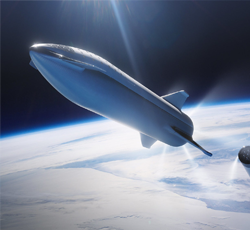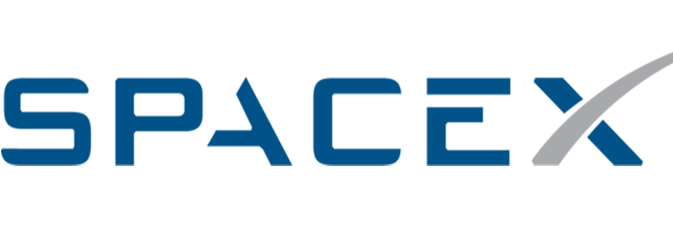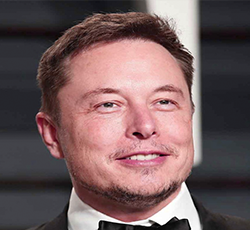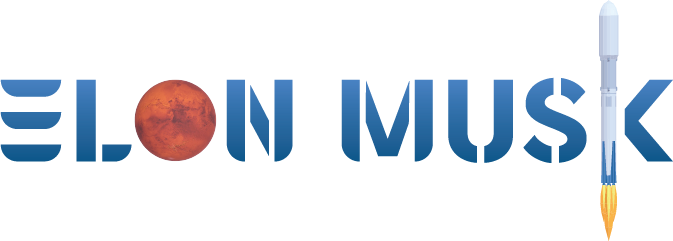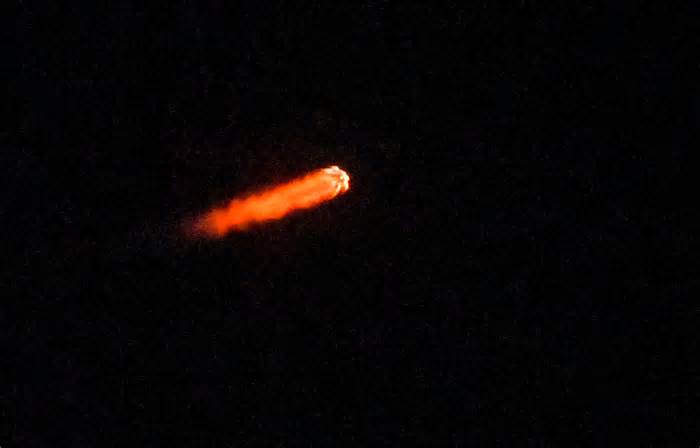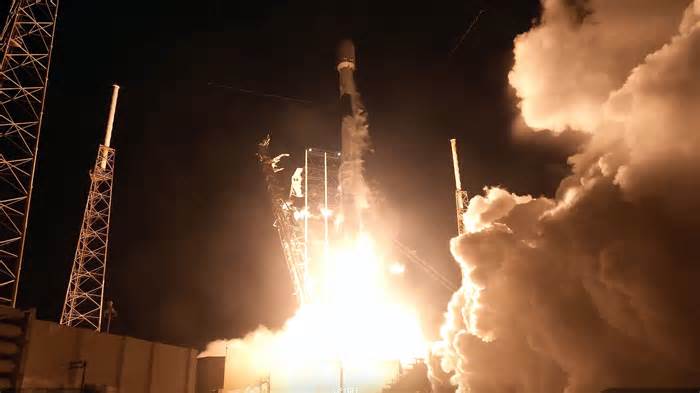
Tesla’s Robotaxi Service Hits the Road in Texas
- by Wired
- Jun 22, 2025
- 0 Comments
- 0 Likes Flag 0 Of 5
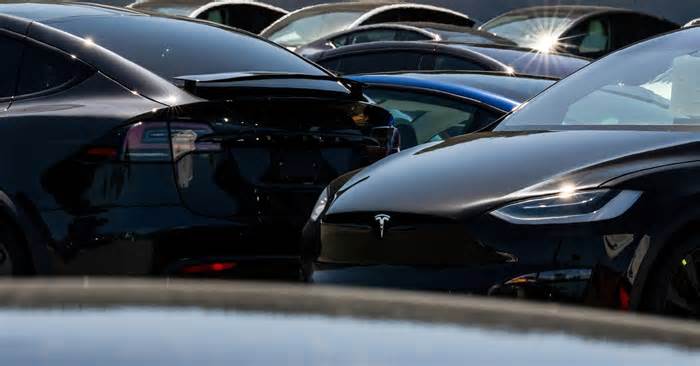
After nearly a
decade of waiting, Tesla has launched a limited self-driving car service in the Austin, Texas, area. Company executives, including Musk, have said the autonomous vehicle technology debuting today is critical to Teslaâs future.
The limited service, which for now is open only to early users invited by Tesla, includes some 20 2025 Model Y sedans available for rides through a Tesla-made app between 6 a.m and midnight. Terms of service posted on X by invited riders indicate that the service will be paused or limited for bad weather. Rides during this invite-only phase are available for a flat $4.20 fee, Musk posted on X Sunday.
People who scored one of the limited invitationsâseveral of whom traveled to Texas this weekend to participate in the launchâwere able to start taking rides around 2 pm local time on Sunday.
The company has said that its purpose-built Cybercab will go into production next year; for now, Model Ys will be the only Teslas driving autonomously as part of the program.
According to screenshots posted on X, the service appears to pick up and drop off in an area of Austin limited to part of the south side of the city, just across the Colorado River from downtown. The service area appears to include the bustling thoroughfares of South Congress Avenue and South Lamar Boulevard. The service cannot go to the local airport, Austin-Bergstrom International, which is about five miles from downtown. Those invited to try the service can bring one guest on the ride, as long as they are 18 or older.
In an email to invitees posted on X this week, Tesla said that a company employee would sit in the front passenger seat of each robotaxi. Launching an autonomous-vehicle service with a âsafety driverâ is not unusual. Alphabet subsidiary Waymo launched its service with a safety driver in 2018, as did General Motorsâ Cruise in 2020. The Michigan company May Mobility says it will do the same when it starts service in Atlanta this year. But a Tesla safety monitor in the passenger seatânot the driverâs seatâlikely wonât be able to grab the steering wheel or hit the brakes in the case of a road incident.
Teslaâs robotaxi service will also likely be augmented by teleoperators: drivers who can, when needed, advise or perhaps even pilot the car remotely to get it around an unorthodox obstacle or out of a sticky situation.
Musk has been promising Tesla robotaxi technology since October 2016, when he told investors every vehicle his company produced from then on had all the hardware needed to become self-driving. That wasnât true; Tesla has since updated the hardware on its vehicles. In 2019, Musk said Tesla would have 1 million robotaxis on the road by the next year. (It didnât.)
Musk said earlier this year that the company will have hundreds of thousands of robotaxis on public roads next year.
The company has said that Tesla owners will eventually be able to transform their own cars into self-driving taxis that can collect fares while theyâre not being used. But the company released no timeline Sunday for that plan.
Teslaâs driver assistance technology has been the subject of federal safety probes, two recalls, and customer complaints related to reports that the vehicles suddenly brake for no apparent reason and can collide with stationary objectsâincluding emergency vehicles. That tech, which includes the older Autopilot feature and the newer Full Self-Driving (Supervised) feature, is distinct from Teslaâs autonomous features. With the assistance features, the drivers are required to stay behind the wheel and keep their eyes on the road at all times. Autonomous features donât require any driver action or attention.
Issues with those older technologies raise questions about the safety of Teslaâs new autonomous tech, says Sam Abuelsamid, an auto analyst who focuses on autonomous technology at Telemetry Insight. Full Self-Driving (Supervised) âwill work fine for perhaps hours at a time and then randomly make very serious mistakes in ways that are not necessarily repeatable,â he says.
Unlike other autonomous technology developers, which use a number of pricier sensors to detect obstacles around their vehicles, Tesla depends only on cameras. Some experts have cast doubt on that choice, which could potentially lead to issues with sun glare and has been blamed for previous Tesla collisions with emergency vehicles. But financial experts say the approach could give Tesla an advantage in getting its less expensive tech in the hands of consumers more quickly.
Tesla did not respond to questions about robotaxi safety. Musk said earlier this month that the company is âbeing super paranoid about safety.â
Heavy Traffic
Tesla enters a suddenly busy American autonomous vehicle space. Waymo first launched a driverless service in metro Phoenix, Arizona, in 2020 and now operates in parts of the San Francisco Bay Area, Los Angeles, and Austin. It is slated to soon open service in Atlanta, Georgia, and Miami, Florida, where customers can order a Waymo using the Uber app.
Amazon-owned Zoox says it will launch its own autonomous service in Las Vegas later this year. May Mobility is aiming to offer rides around Atlanta through the Lyft app this year. Volkswagen of America announced this spring that it would launch a self-driving service in Los Angeles in 2026, also on the Uber app.
The experiences of those companies show that Tesla has several logistical hurdles to jump before its robotaxi service expands widely. There are the human roles: Remote assistance workers might be on hand to help confused riders remotely; maintenance workers might repair cars during their downtime; cleaners might clear away trash, lost items, or anything worse left behind by riders.
There are infrastructure needs, too. VWâs autonomous vehicle subsidiary Moia has operated an electric ride-sharing service in Hamburg, Germany, since 2019, using that experience to prep for eventual driverless cars. The firm has determined that it will need a well-developed and decentralized footprint across any city it services. Scattered depots will âhost the vehicles and provide charging and maintenance infrastructure, and also the opportunity to do constant safety checks for the vehicle,â says Sascha Meyer, the companyâs CEO.
In other words: Thereâs a big difference between a handful of self-driving cars and a self-driving service.
Please first to comment
Related Post
Stay Connected
Tweets by elonmuskTo get the latest tweets please make sure you are logged in on X on this browser.






 Energy
Energy